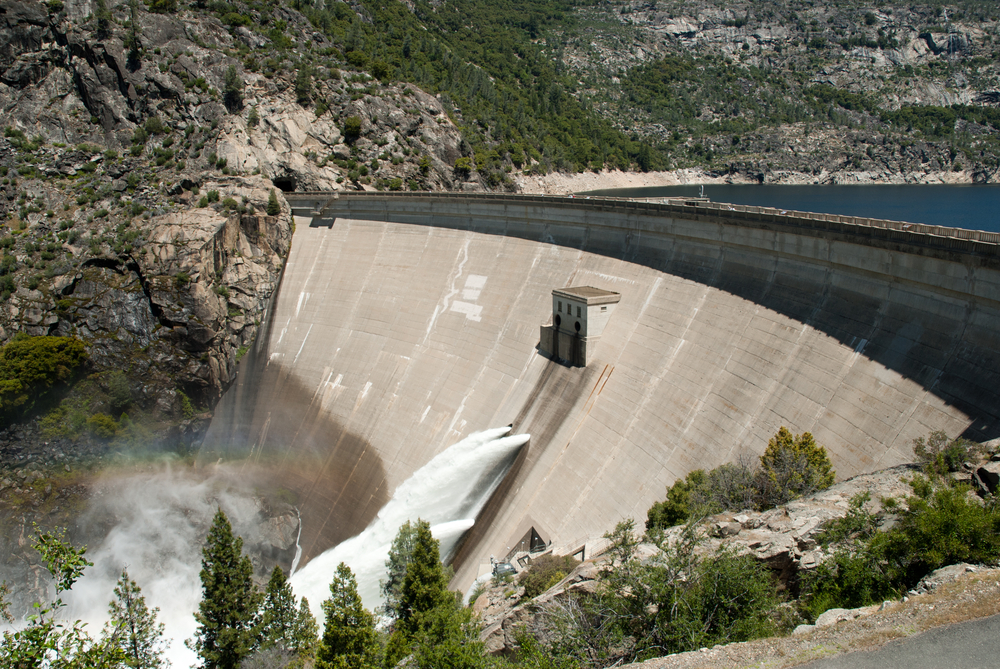By Joseph Wright, staff writer for Save The Water™ | August 12, 2014
Introduction
Like most things, environmental action is complex. Perhaps even more complicated is the role environmentalists have in protecting natural resources – water being one of particular importance. To understand our present time and the issues we face, it is beneficial to look back through history for perspective. By looking back at the discourse over the proposal to dam the Hetch Hetchy Valley in California we may understand the two sides of environmentalism while exploring the root of a current environmental struggle.
At the dawn of the 20th Century, cities were becoming more heavily populated and technological innovation grew exponentially. In order to meet the water needs of San Francisco residents, it was proposed that the Hetch Hetchy Valley be dammed. This proposal was supported by a pillar of environmental stewardship – Gifford Pinchot, director of the U.S Forest Service and the ‘father’ of ‘sustainability’.1 Opposing Pinchot’s worldview and the damming of the Valley was environmental romanticist and founder of the Sierra Club, John Muir.2
The Debate
The debate over whether or not to build the dam ranged from 1908 to 1913 and was controversial because the proposed lands were currently part of the protected Yosemite National Park3. Being a federal issue, it was the responsibility of Congress to decide the fate of the valley. Muir and those who sided with him represented a side of environmentalism known as ‘preservationism’. In 1908 Muir wrote of Hetch Hetchy’s beauty, claiming it surpassed even the majestic Yosemite Valley.4 Pinchot did not deny the natural beauty of the valley, but he did not believe in protecting nature for the sake of nature or natural beauty. Marking the true start of ‘conservationism’ Pinchot makes his stance clear in his 1913 testimony before the House Committee on Public Lands. He advised that natural resources should be regulated in a way that most greatly utilizes them while serving the most people.5 It is important to remember that this debate was national news as environmental stewardship became a central theme of the growing Progressive reform movement thanks in large part to President Theodore Roosevelt2. Conservation groups nationally lent support to Muir such as the Appalachian Mountain Club, and the Chicago–based Saturday walking club, though fellow Sierra Club founder, Warren Olney, echoed Pinchot’s stance.6
Although there is a deep, rich history over the issue it must be said that Congress ultimately sided with Pinchot and the conservationists. In August of 1913, H.R 7207, otherwise known as the Raker Bill, was passed in the House and December of the same year it passed the Senate and was signed into law by President Woodrow Wilson. The bill granted a special land use permit to the city of San Francisco to dam the Hetch Hetchy Valley.7 Today the dam, known as the O’Shaughnessy Dam (for the lead engineer of the project), still stands, providing water to millions of residents while remaining a point of environmental contention in the San Francisco area.8
What Does It Mean For Me?
This debate puts into context the difficulties associated with environmental stewardship. In considering issues such as fracking, algal blooms, and intensive forestry it is important to remember that even environmentalists disagree. By understanding the major themes in environmentalism and considering them in our activism we can come to solutions that are more appealing to a wider audience. This case also illuminates the need to fight for environmental action, as John Muir’s efforts led to the passage of the 1916 National Park Service Act. Truly, this shows how every party involved in an environmental issue can have something positive to contribute.
This debate forces us to consider how water must be used. Should it be something we preserve? Something we distribute as widely as possible? Or something else altogether?
What Can I Do?
By becoming active in various organizations or simply signing up for email lists, you can become informed of the efforts being made in your community and nationally.
http://www.hetchhetchy.org/act
- Shutkin, Bill. “Muir Vs. Pinchot.” Vermont Public Radio. Retrieved from http://www.vpr.net/episode/32782/muir-vs-pinchot.
- Manetta, Brian. “John Muir, Gifford Pinchot, and the Battle for Hetch Hetchy.” Ithica College. Retrieved from http://www.ithaca.edu/history/journal/papers/sp02muirpinchothetchy.html.
- The National Archives. “Hetch Hetchy Environmental Debates. Retrieved from http://www.archives.gov/legislative/features/hetch-hetchy/.
- The National Archives – Records of the U.S House of Representatives. “Hetch Hetchy Environmental Debates. Retrieved from http://www.archives.gov/legislative/features/hetch-hetchy/hr7207.html.
- George Mason University. “Giving a Dam: Congress Debates Hetch Hetchy. Retrieved from http://historymatters.gmu.edu/d/5721/.
- Carlsson, Chris. “print The Hetch Hetchy Story, Part I: John Muir, Preservationists vs. Conservationists.” Found SF. Retrieved from http://bit.ly/2tdVWmg.
- Muir, John. “The Hetchy Hetchy Valley.” Assumption College. Retrieved from http://www1.assumption.edu/users/mcclymer/His130/P-H/hetch%20hetchy/TheHetchHetchyValley.html.
- PBS Newshour. The O’Shaughnessy Dam Debate. Retrieved from http://www.pbs.org/newshour/bb/environment-july-dec05-dam_8-12/.





